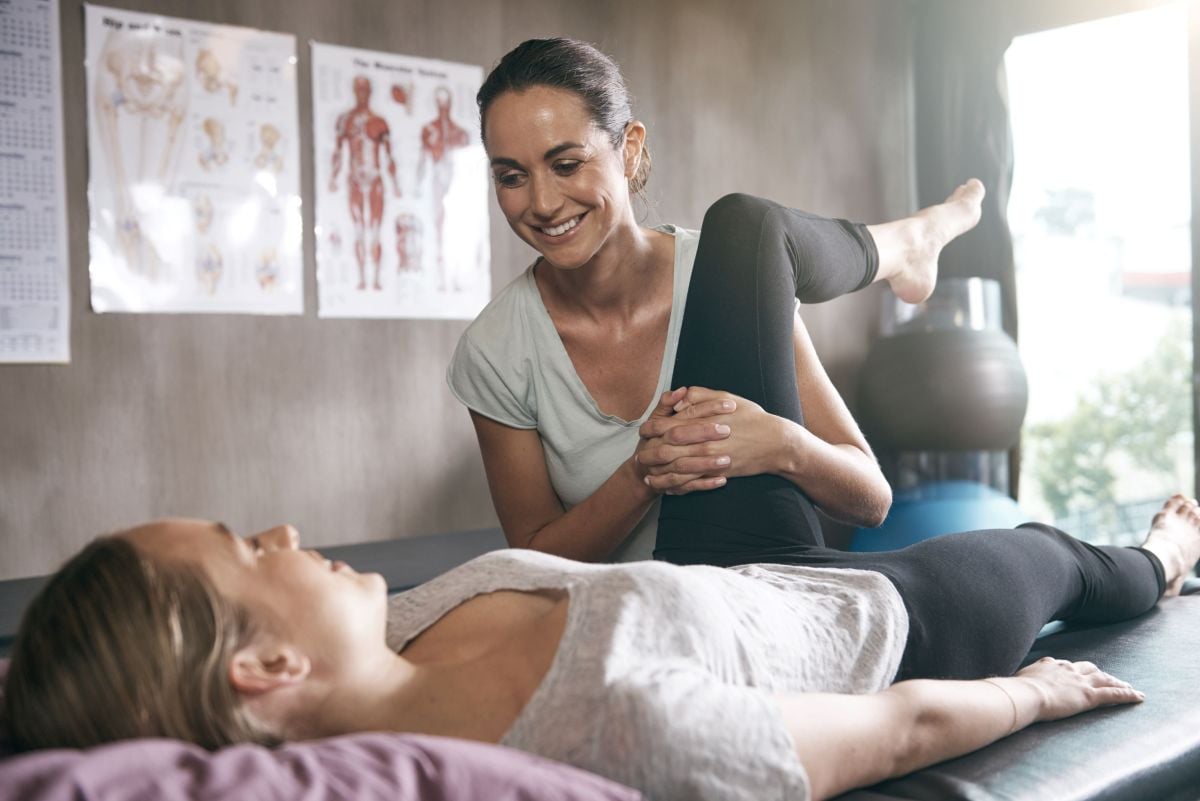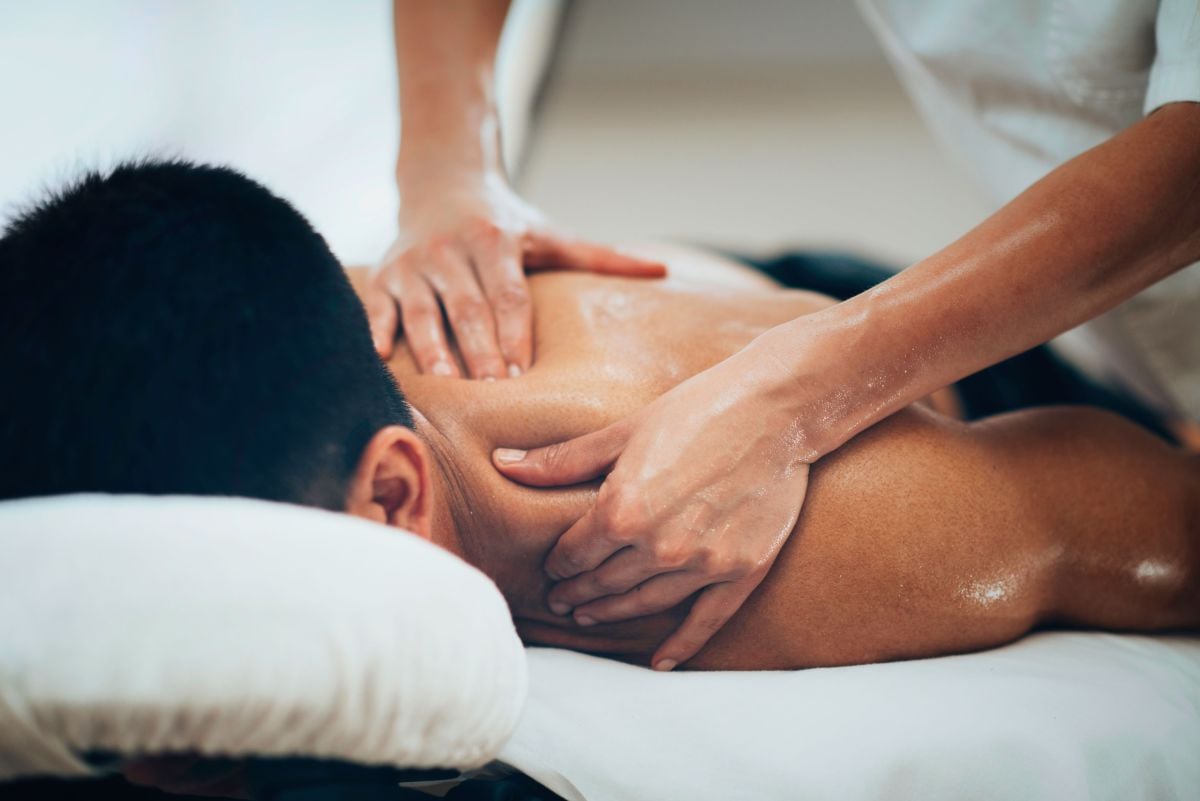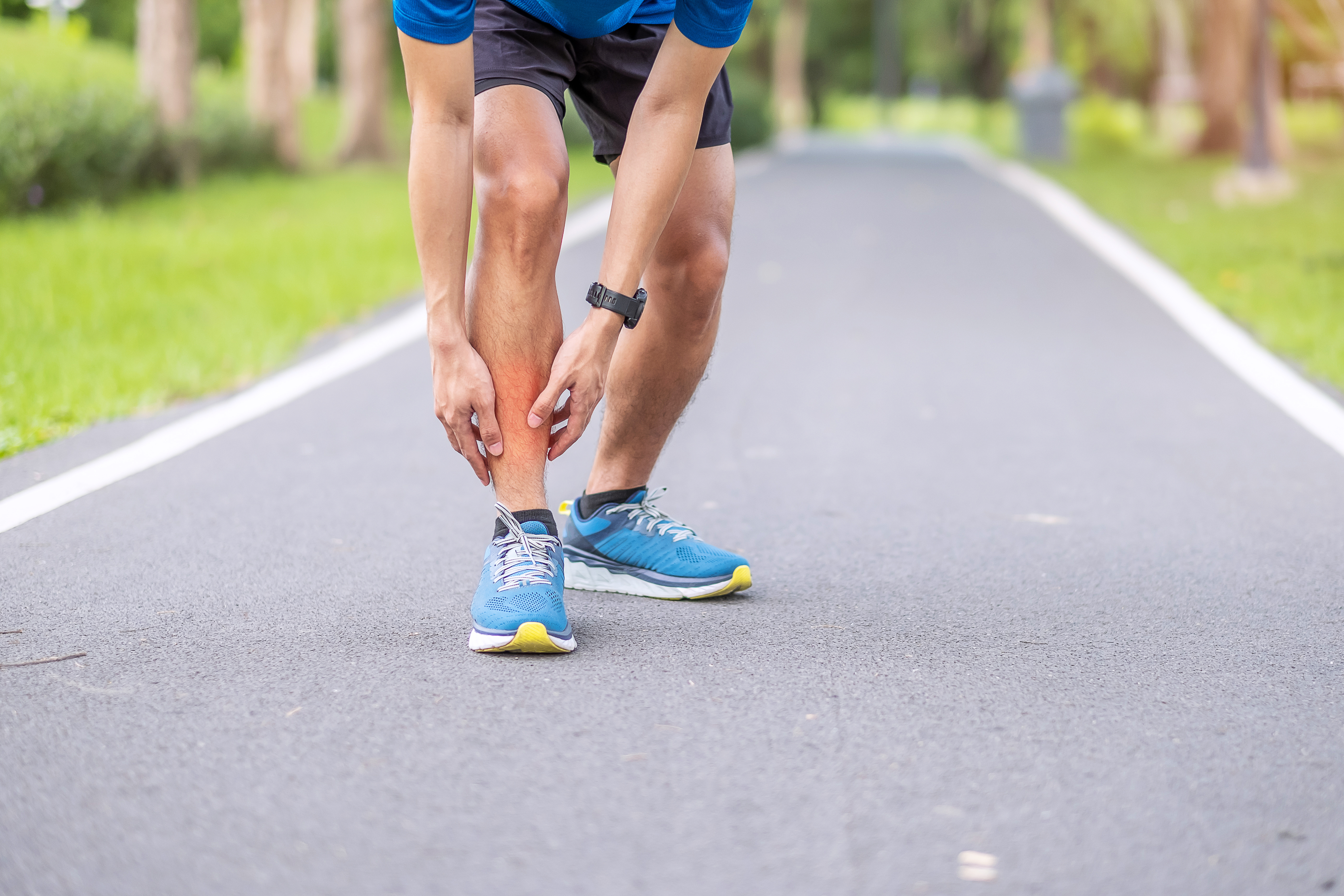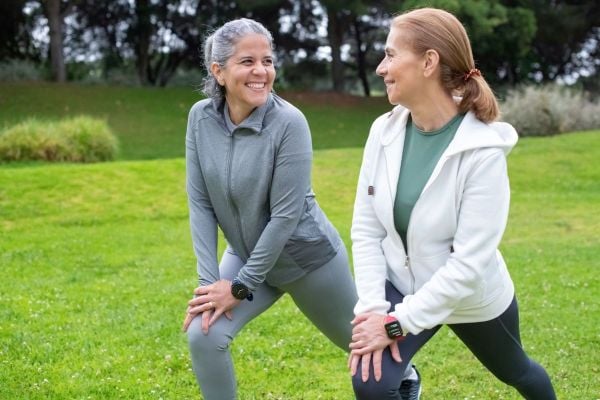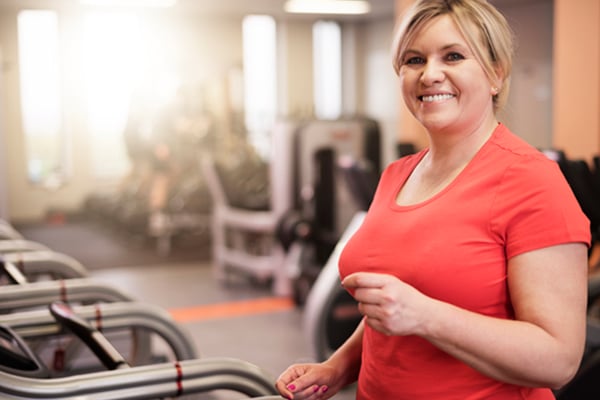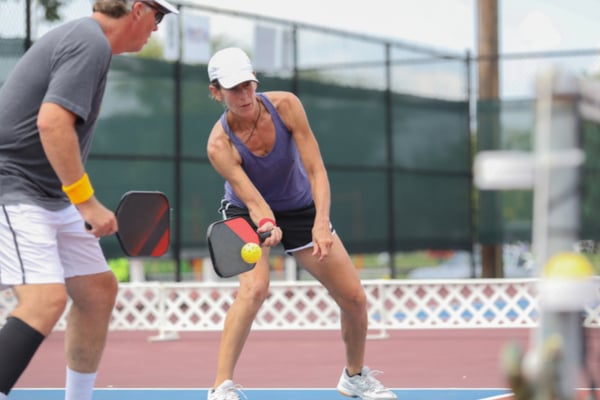
Here's why you should try playing pickleball
Note: You should consult a healthcare professional before starting this or any exercise program to make sure the movements are right for your needs.
What’s one the fastest growing sports in North America? It’s a game you may be unfamiliar with, pickleball! A mix of tennis, badminton and table tennis, this much-loved sport was invented in 1965 and has become widely popular in the last 5 years.
More and more individuals are learning to play pickleball as it’s a sport that nearly anyone can play. From young kids to older adults, is a great social and fun game with many health benefits that is suitable for people of all abilities.
What are the major differences between traditional racquet sports and pickleball?
Pickleball is a great alternative for those who enjoy racquet sports but are looking for an activity with less strain on their body. Although many find the sport less strenuous, players can still engage in serious competition, testing their agility and skills.
Pickleball is a racquet sport that has less impact on the shoulder. Pickleball only allows underhand serving, with most shots being made below the waist. Pickleball nets are also lower than tennis nets. The light paddle also makes it easier to control your swing and the perforated ball (like a wiffleball), which is lighter than a tennis ball, allows for greater control of the ball as it moves at a slower speed.
It's played on a smaller court-about half the size of a tennis court. This may be beneficial for those with concerns of aggravating their knees. A smaller court may also allow you to keep up longer rallies as less ground needs to be covered, while still providing a great cardio workout.
Pickleball is a sport that is not only great for the body but for the mind as well. One of the best parts of pickleball is that it brings people together. At various mobility levels, players can share a court with accessibility variations like hybrid games and para-pickleball. These variations support wheelchair users and non-wheelchair users to play together.
Once you try it, you’ll find yourself wanting to play more and more! Whenever you choose to play a sport, it is important to prevent injuries with appropriate warm-ups and exercises. A good warm up helps prepare your muscles, heart, and lungs, for activity by increasing blood flow, joint flexibility, and body temperature. Spending 5-10 minutes performing low intensity exercises can help prevent injuries and using sport-specific movements can improve your coordination for playing. Below are a few warm-up exercises that will help you prepare for a pickleball game.
1. Light jogging/fast walking
Lightly jog or walk at a fast pace for 1 minute around the court to wake up your cardiovascular system. Jog/walk at a comfortable pace that still allows you to hold a conversation.
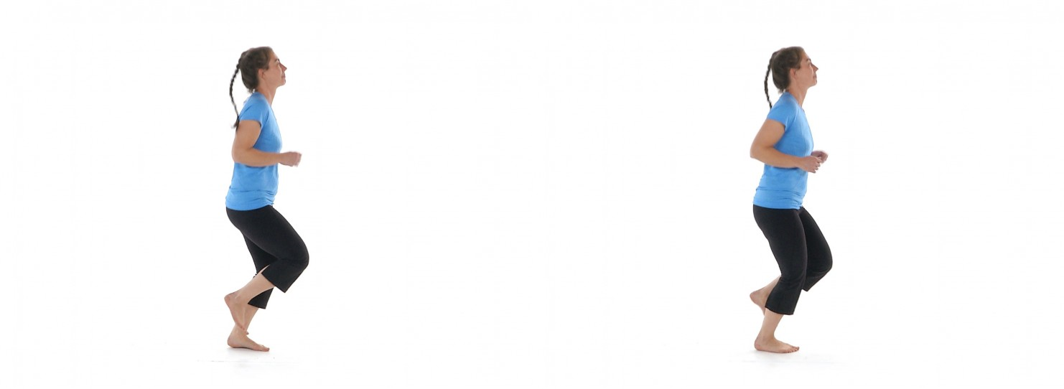
2. Standing trunk twists
Trunk twists can help your body prepare for the motion of serving. They also help to warm up your back and core muscles. Stand with your arms out to the side and feet hip width apart. With your feet planted, twist to the left and right 15 times. You can use momentum to gradually increase the range of your twists.
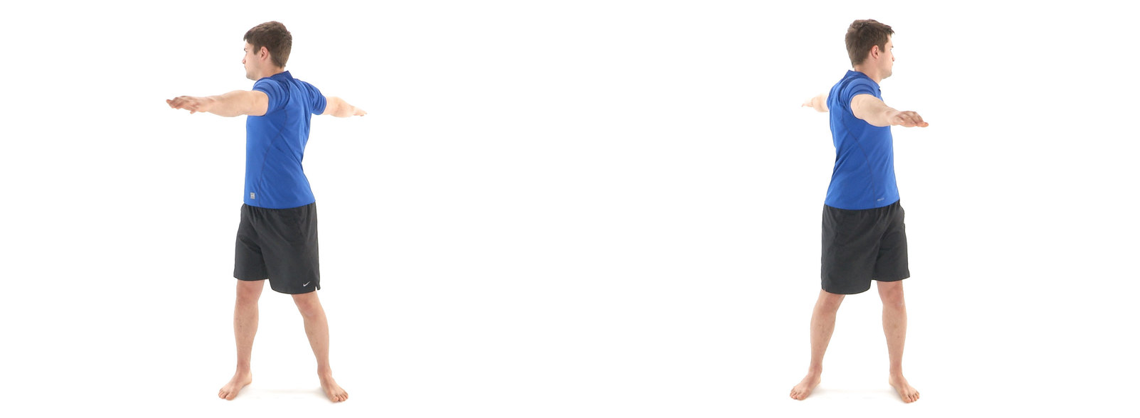
3. High knees and butt kicks
With your feet slightly apart, lift your right knee as high you can go while raising your left arm. Repeat on the other side. Alternate raising your arms and legs as if you are marching. With each repetition try to lift your legs higher, but still within a comfortable range. Complete this exercise for 1 minute. Standing on your left leg, bring your right heel back towards your bum. Alternate between your right and left side. As you warm up, you may increase your pace to a light jog.
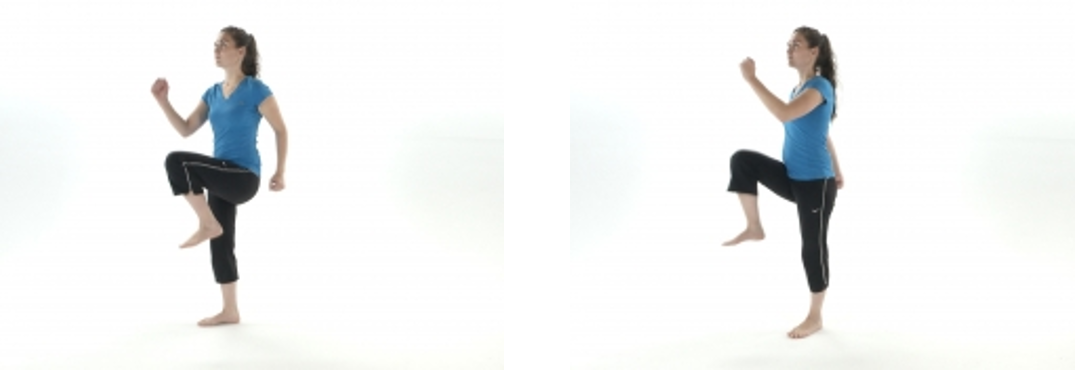
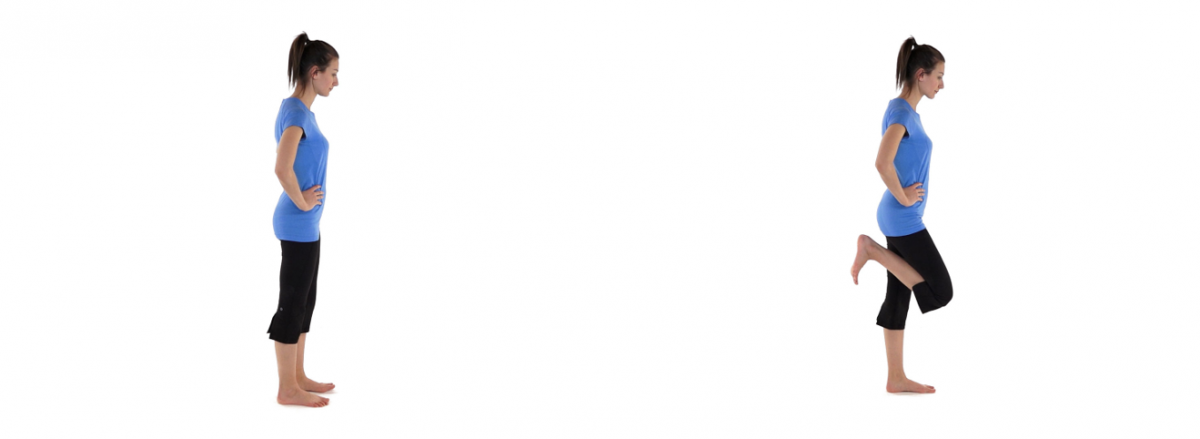
4. Side shuffles and lunges
Keeping up a good volley will require you to lunge and shuffle your feet in various directions to reach the ball more quickly. Start with your feet hip width apart, shuffle towards the right for 30 seconds. Repeat towards the left. For forward lunges, stand with your hands on your hips or use the net or fence for balance support and start with your feet hip width apart. Keeping your chest upright, take a big step forward and slowly lower into a lunge. Repeat 5 times on each side.
For side lunges, take a big step out to the side. With both feet pointing forward, lower into a lunge as if you are sitting on a chair behind you. Repeat 5 times on each side.
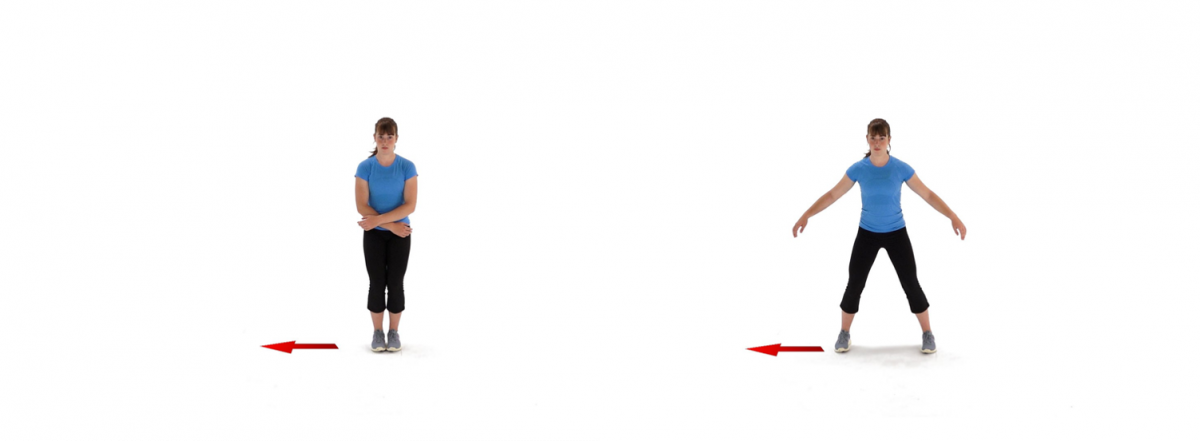
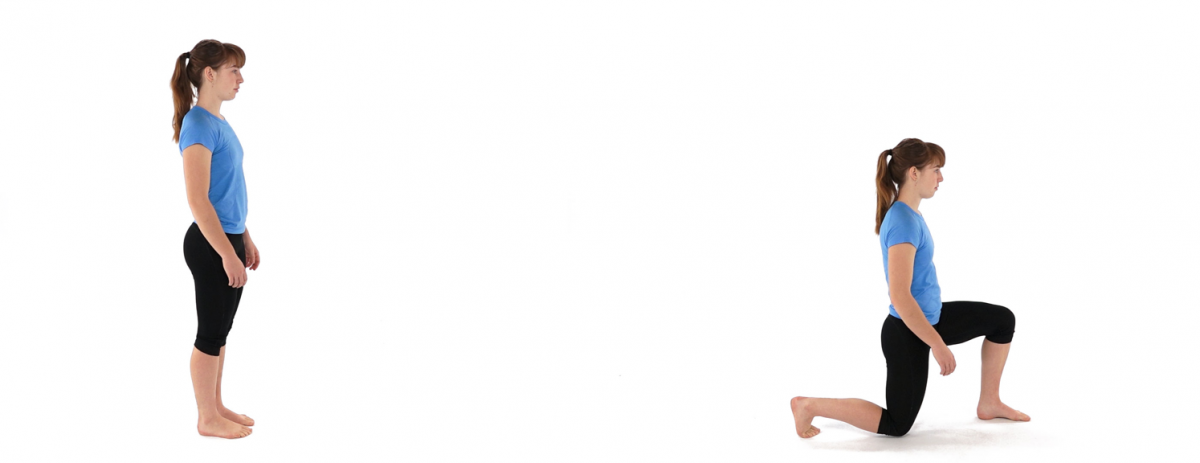
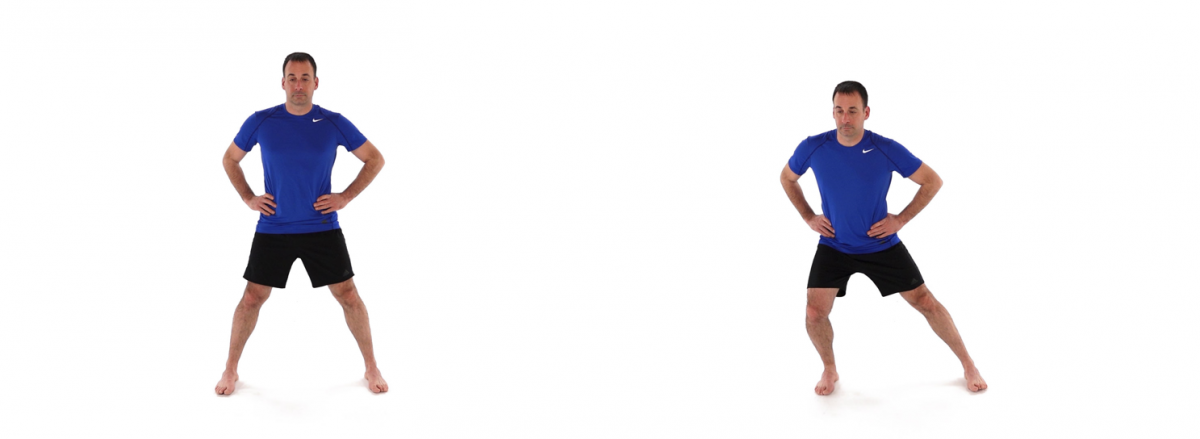
5. Arm swings
Stand up tall with your feet slightly apart. Bring your arms out to side at shoulder level and cross them in front of you. Alternate the arm crossing on top. Repeat this for 30 seconds. Then while keeping your arm straight, swing both arms forward and backward for 30 seconds. These exercises will warm up your shoulders to hit those impressive shots.
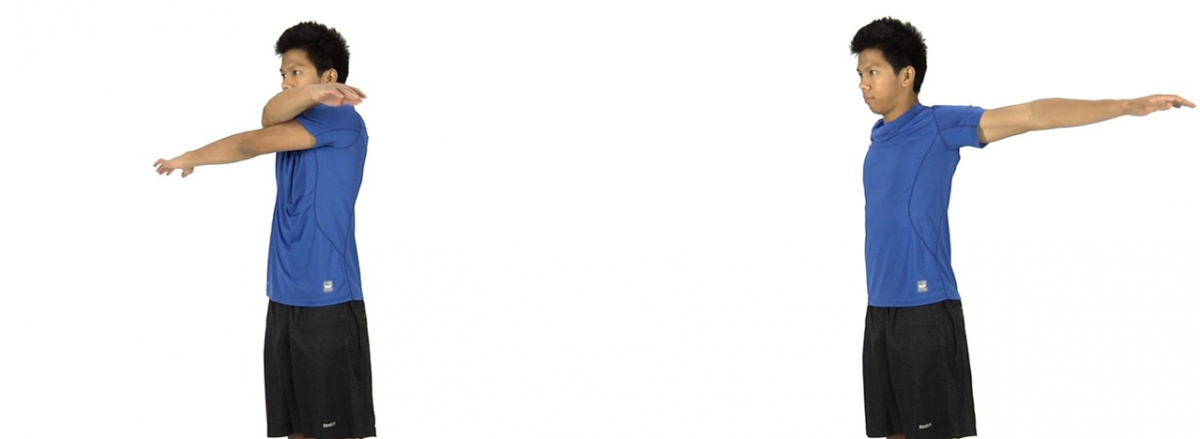
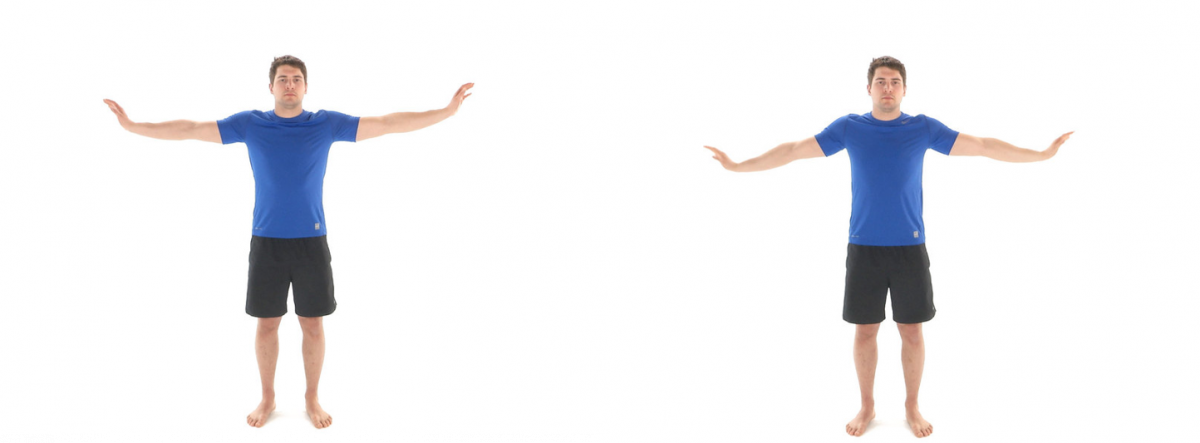
6. Wrist and ankle circles
Pickleball requires fast, sharp movements of the wrist and ankle. Warming up these joints can increase the flexibility needed to complete these moves. Start with small circles and increase the size of your circles as you loosen up. Move in a clockwise direction and alternate with a counter clockwise direction every 10 seconds for 1 minute. Focus on moving one joint at a time.
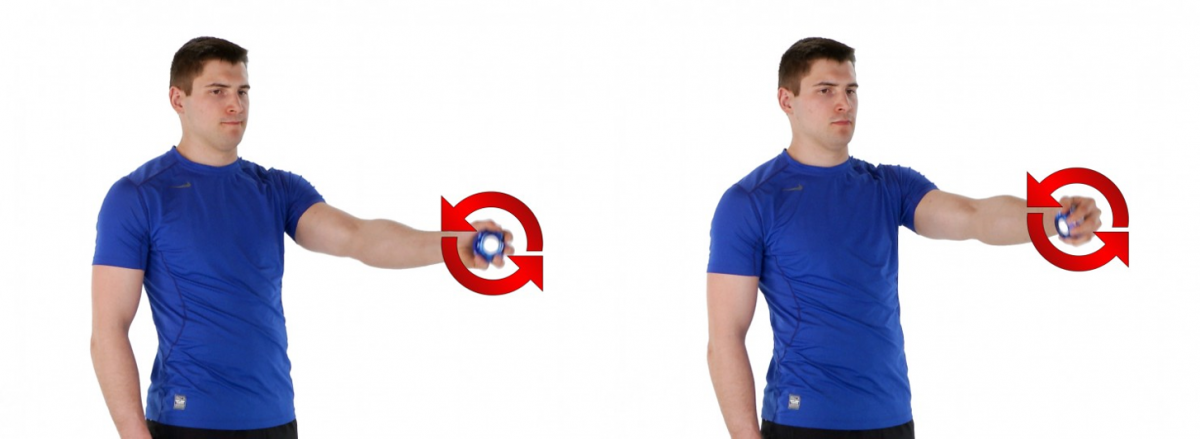
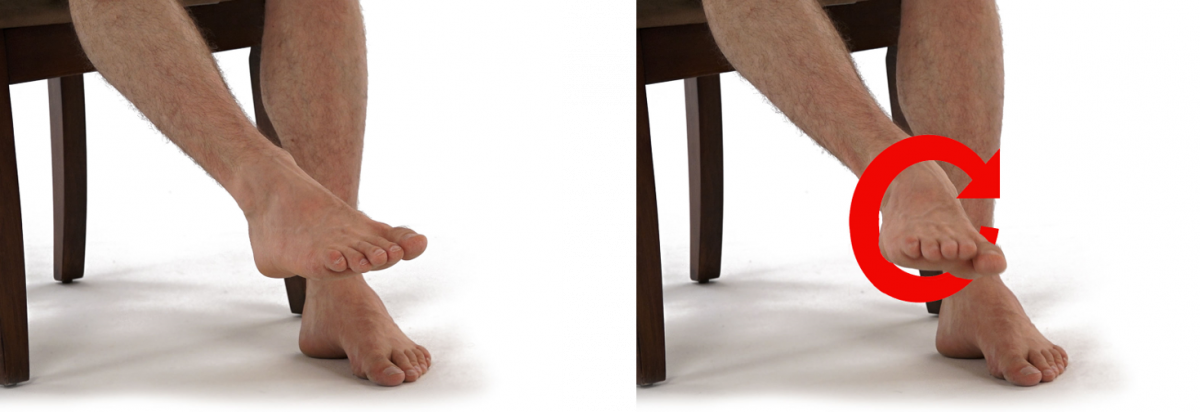
In addition to these exercises, you can practice pickleball strokes like volleys, dinks, and serves or play a short game of pickleball to prepare yourself for a full game of play.
One of the best parts of pickleball is that it allows people of all skill levels to participate, especially if you prepare your body for play and have fun.
If you're interested in booking an assessment with a Lifemark physiotherapist, check out our locations page to find a clinic near you or book online.
This blog was written by Jessica Otoo-Appiah, a physiotherapy student at the University of Toronto.

